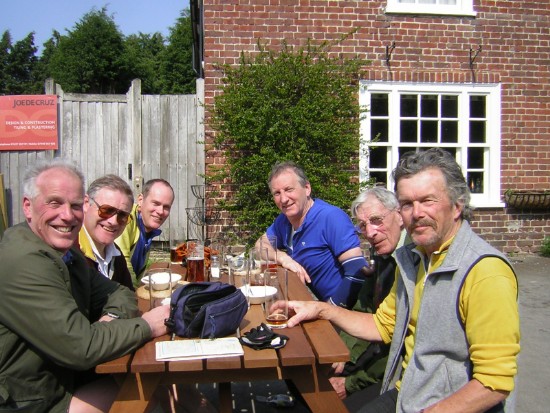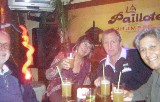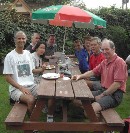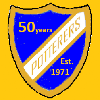Swinging The Lantern :-) - Potterers Cycling Club
The Potterers Cycling Club
Pottering in Kent for 50 years !
The Potterers Cycling Club
Pottering in Kent since 1971
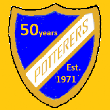



Words > Articles
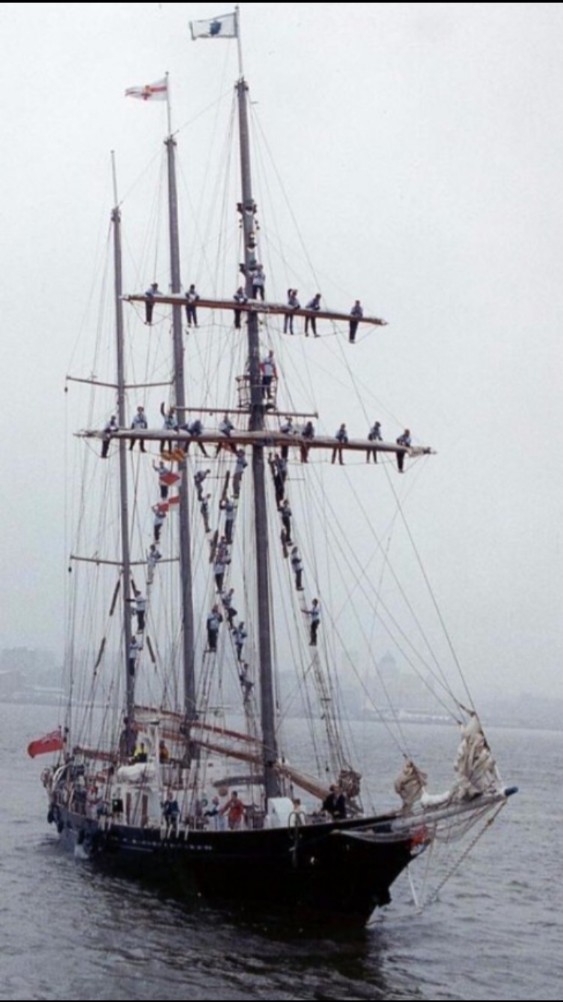
Sunny, beery ramblings at a Thursday meet at The Haywain, Bramling led me to confess that I had once been involved in a collision between a ship and a car. I have subsequently been approached by the Editor to commit those ramblings, (without prejudice), to paper. Herewith….
In 1976 I found myself appointed to the charity The Sailing Training Association (STA), which was a marine version of the Outward Bound Trust. This was to be a fifteen-month secondment from my employers P&O Cruises. I was a 29 year old bachelor, fit as fiddle and as slim as whippet. I had been in the MN for 11 years and was a fully qualified mariner; additionally, I also had considerable coastal and some deep water sailing experience acquired from a childhood and youth spent “messing about in boats”, initially around Poole Harbour then the South Coast, Channel Islands , Brittany, the Bay of Biscay and the north coast of Spain.
The STA ran two purpose built tall ship schooners; the Winston Churchill and the Malcom Miller. The sister ships, (and they were ships), were 330 tonnes displacement, 150 feet long and had a considerable draught of 15 feet. They were three masted, (each 100feet high), square rigged on the foremast, and carried 9000 sq. ft. of sail; there were two auxiliary engines used for berthing and when the wind was contrary.
The sail arrangement of 14 sails was complex and had been intentionally designed to be demanding of both labour and understanding of operation. The inner, outer and flying jib were set from the bowsprit which was a substantial 18-inch diameter round steel spar that projected 15 feet forward of the bow of the ship. It was supported by inboard steel work and braced by the forestays, side stays and a heavy link chain bobstay which was tensioned by a vertical spar called the dolphin striker and then secured to the bow at the waterline.
(See picture).
There were no winches to assist the hoisting or handling of sails (a minimum of 10 hands were required to hoist the fore, main or mizzen sails), so that team work, willingness, effort and enthusiasm were essential to the running of the vessel – the development of these qualities were the primary purpose and ethos of the STA.
The ships operated mainly 2 week cruises, often foreign going, but generally starting and finishing in a UK port.
There was a permanent crew of five attached to each schooner. The Captain, Chief Officer (myself), Engineer, Cook and Bosun. We were the only professional seafarers onboard. We had to be alert in this potentially dangerous environment with our very inexperienced and young charges.
For each cruise three further adults were drafted in to perform the functions of Watch Officer. Some were able, some were not. None were allowed to stand a watch alone requiring either the Captain or myself (and often both of us) to be up at all times whilst at sea.
One or two adult “Pursers” were appointed for each cruise. Much like their professional counterparts they enjoyed talking, eating, drinking, sleeping and not much else. Their minimal responsibilities included the issues from the slop-chest, and the bond (cigarettes and booze) together with the associated accounts. The accounts were frequently up the creek and had to be imaginatively adjusted by myself at the end of the cruise to satisfy the scrutiny of the charity’s treasurer.
Occasionally we carried an additional professional seafarer, either RN or MN, who would be a very welcome addition.
The “crew” were 42 trainees. Young people between 16-21 years, never mixed sexes. Five of the trainees would have sailed with the STA before and, because potential had been spotted in them on previous cruises, they were offered heavily discounted cruise fees to assist with the onboard organisation. That still left 37 lads (or lasses) who had never set foot on a boat before this experience.
Life was exciting, unpredictable, sometimes dangerous, frequently uncomfortable and great fun.
Early on a fine morning in late August 1977 the Malcolm Miller slipped her overnight moorings in Dartmouth and set full sail up Channel across Lyme Bay for Weymouth. It was a sparkling day with a fresh SWly wind and by 1500hrs we had rounded Portland Bill and found quieter conditions in Weymouth Bay. Here we stowed the sails, started the engines, prepared the mooring ropes and tidied the decks prior to entering Weymouth harbour.
The Captain briefed me of his planned approach and manoeuvre into the harbour. Mindful of how busy the town and quay side would be at the height of the summer holiday season he reminded me of the necessity for our berthing to be as slick and as neat as possible. He also required that the rigging and yards were to be manned by the trainees as we berthed which made for a brave sight. Following his instructions I briefed the trainees, got all hands into clean uniforms and up the rigging to their allocated stations.
We passed safely through the pier heads and into the confined inner harbour, here the Miller appeared even bigger with her masts dwarfing the waterside buildings. She looked at her very best with the rigging and yards manned by our youthful smart crew, brasswork shining, clean flags flying.
The Captain had been right; Weymouth quayside was packed with happy, pink faced holiday makers and there was increasing chatter and expectation at our unheralded arrival.
Then a hush, of what I imagined to be admiration, fell upon the ice cream licking hordes. The Malcolm Miller was the centre of attention.
I was stationed forward ready with a heaving line to pass moorings ashore when I stepped forward involuntarily. The ship had touched bottom and, almost imperceptibly slowed.
We were aground some 100 feet off the berth. This fact had also become apparent to the Captain who immediately instructed the engineer to give full power ahead on both engines, his intention being to push the deep keel through the muddy harbour bottom. The grounding must have only been momentary for this order had an unfortunate, undesired and immediate effect. The former measured and stately headway of the ship towards the quay rapidly became an urgent powered surge forward leaving no time to reduce speed or swing the vessel’s bow. A spectacular collision with the quay was now inevitable. The magnificent bowsprit, levelled like a tilting knight’s lance, led the assault on Weymouth.
The quayside spectators took a few seconds to recognise the impending catastrophe, then cheerfully cleared the area where the impact was about to take place so that they could enjoy the exquisite pleasure of the unfolding drama without risk. The public’s safety was now assured but their rapid evacuation now revealed a previously hidden bright orange VW beetle parked close to the quayside. With unerring accuracy the bowsprit was aimed at the car’s turtle shell shaped bonnet.
The watching crowd were silent in their eager anticipation of the impending disaster. The ship’s company were silent as the horror of impending collision became obvious.
The bowsprit chain bobstay was the first contact point between the ship and Weymouth. It rode over the top of the wooden quay face and then sawed through the front bonnet of the orange Volkswagen much as a cheesemonger cuts a wheel of cheddar with a cheesewire.
There wasn’t a lot of noise considering the extent of the resultant damage. he ship’s forward momentum was finally arrested by Dorset.
There was a short period of stunned silence then the assembled audience burst into noisy appreciation. They had just witnessed a unique and very satisfying disaster which wildly exceeded their initial expectations. A collision between a ship and a car.
It was a triumph of live “end-of-pier” seaside entertainment. And at no cost - free.
Once we had extricated ourselves from the wreckage and secured the ship alongside the Captain wasted no time in departing the vessel; in company with the VW’s owner he made for the sanctuary of the Submariner Inn on East Street. It was reported later that he had been querying the pertinence of the small print of 3rd Party, Fire & Theft Motor insurance policies with regard to marine collisions. Knock for knock perhaps?
Richard Browne.
